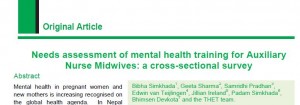 Today saw the latest publication on our BU-led THET in Nepal. The paper ‘Needs assessment of mental health training for Auxiliary Nurse Midwives: a cross-sectional survey’ was published the Journal of Manmohan Memorial Institute of Health Sciences [1]. This paper reports on a quantitative survey with nearly all Auxiliary Nurse Midwives in Nawalparasi District in the southern part of Nepal. The findings illustrate the lack of training on mental health issues related to pregnancy and childbirth in this group of health workers. Thus the paper’s conclusions stress the need for dedicated training in this field.
Today saw the latest publication on our BU-led THET in Nepal. The paper ‘Needs assessment of mental health training for Auxiliary Nurse Midwives: a cross-sectional survey’ was published the Journal of Manmohan Memorial Institute of Health Sciences [1]. This paper reports on a quantitative survey with nearly all Auxiliary Nurse Midwives in Nawalparasi District in the southern part of Nepal. The findings illustrate the lack of training on mental health issues related to pregnancy and childbirth in this group of health workers. Thus the paper’s conclusions stress the need for dedicated training in this field.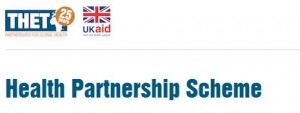
This is the third publication linked to our mental health and maternity care project. In Nepal mental health is generally a difficult to topic to discuss. THET, a London-based organisation, funded Bournemouth University, and Liverpool John Moores University in the UK and Tribhuvan University in Nepal to train maternity workers on issues around mental health. This latest paper and the previous two papers are all Open Access publications. The previous two papers raised the issue of women and suicide [2] and outlined the THET project in detail [3].
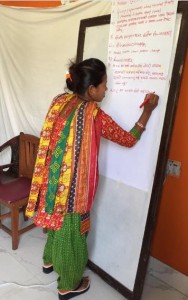
Prof. Edwin van Teijlingen
CMMPH
References:
- Simkhada, B., Sharma, G., Pradhan, S., van Teijlingen, E., Ireland, J., Simkhada, P., Devkota, B. & the THET team. (2016) Needs assessment of mental health training for Auxiliary Nurse Midwives: a cross-sectional survey, Journal of Manmohan Memorial Institute of Health Sciences 2(1): 20-26. http://www.nepjol.info/index.php/JMMIHS/article/view/15793/12738
- Simkhada, P., van Teijlingen E., Winter, R.C., Fanning, C., Dhungel, A., Marahatta S.B. (2015) Why are so many Nepali women killing themselves? A review of key issues Journal of Manmohan Memorial Institute of Health Sciences 1(4): 43-49. http://www.nepjol.info/index.php/JMMIHS/article/view/12001
- van Teijlingen, E., Simkhada, P., Devkota, B., Fanning, P., Ireland, J., Simkhada, B., Sherchan, L., Silwal, R.C., Pradhan, S., Maharjan, S.K., Maharjan, R.K. (2015) Mental health issues in pregnant women in Nepal. Nepal Journal of Epidemiology 5(3): 499-501. http://www.nepjol.info/index.php/NJE/article/view/13607/11007


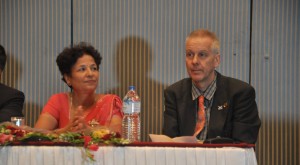

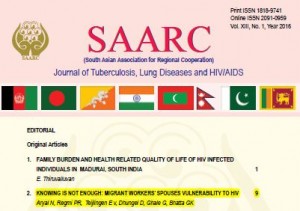
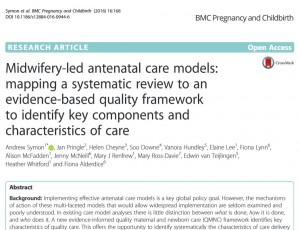
 The UK Research Office (UKRO) is the European office of the UK Research Councils. It delivers a subscription-based advisory service for research organisations (in the main UK HEIs) and provides National Contact Point services on behalf of the UK Government. UKRO’s mission is to maximise UK engagement in EU-funded research, innovation and higher education activities. One way UKRO supports this mission is through the annual conference.
The UK Research Office (UKRO) is the European office of the UK Research Councils. It delivers a subscription-based advisory service for research organisations (in the main UK HEIs) and provides National Contact Point services on behalf of the UK Government. UKRO’s mission is to maximise UK engagement in EU-funded research, innovation and higher education activities. One way UKRO supports this mission is through the annual conference.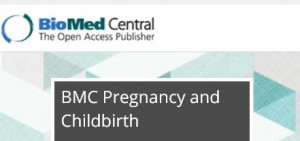
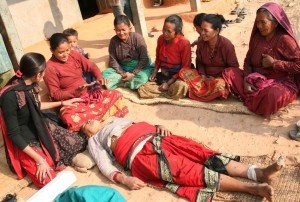
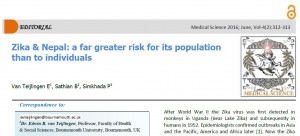
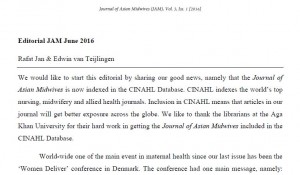
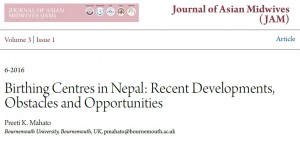
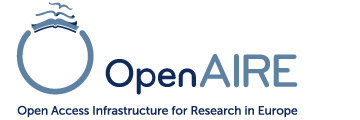
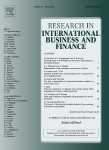 Dr. Khurshid Djalilov and Professor Jenny Piesse recently published with the Research in International Business and Finance on ‘Determinants of bank profitability in transition countries: What matters most?’.
Dr. Khurshid Djalilov and Professor Jenny Piesse recently published with the Research in International Business and Finance on ‘Determinants of bank profitability in transition countries: What matters most?’.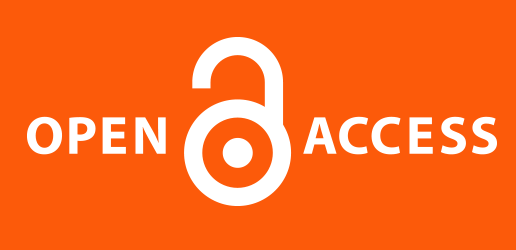

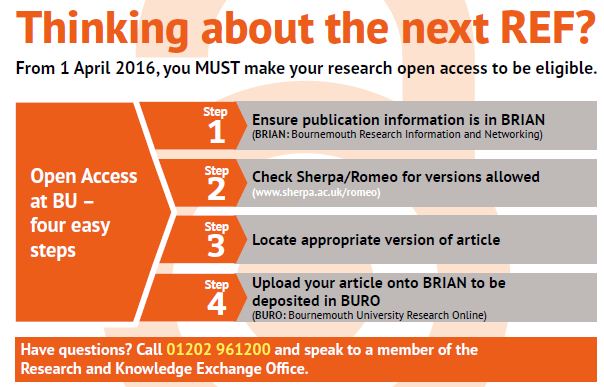
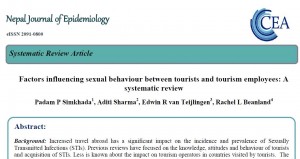
 HEFCE’s policy for open access
HEFCE’s policy for open access










 Fourth INRC Symposium: From Clinical Applications to Neuro-Inspired Computation
Fourth INRC Symposium: From Clinical Applications to Neuro-Inspired Computation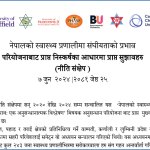 Writing policy briefs
Writing policy briefs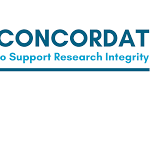 Upholding Excellence: The Concordat to Support Research Integrity
Upholding Excellence: The Concordat to Support Research Integrity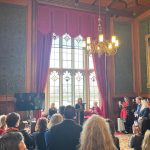 Today’s Documentation Will Serve Tomorrow’s Justice
Today’s Documentation Will Serve Tomorrow’s Justice ECR Funding Open Call: Research Culture & Community Grant – Application Deadline Friday 12 December
ECR Funding Open Call: Research Culture & Community Grant – Application Deadline Friday 12 December MSCA Postdoctoral Fellowships 2025 Call
MSCA Postdoctoral Fellowships 2025 Call ERC Advanced Grant 2025 Webinar
ERC Advanced Grant 2025 Webinar Horizon Europe Work Programme 2025 Published
Horizon Europe Work Programme 2025 Published Horizon Europe 2025 Work Programme pre-Published
Horizon Europe 2025 Work Programme pre-Published Update on UKRO services
Update on UKRO services European research project exploring use of ‘virtual twins’ to better manage metabolic associated fatty liver disease
European research project exploring use of ‘virtual twins’ to better manage metabolic associated fatty liver disease